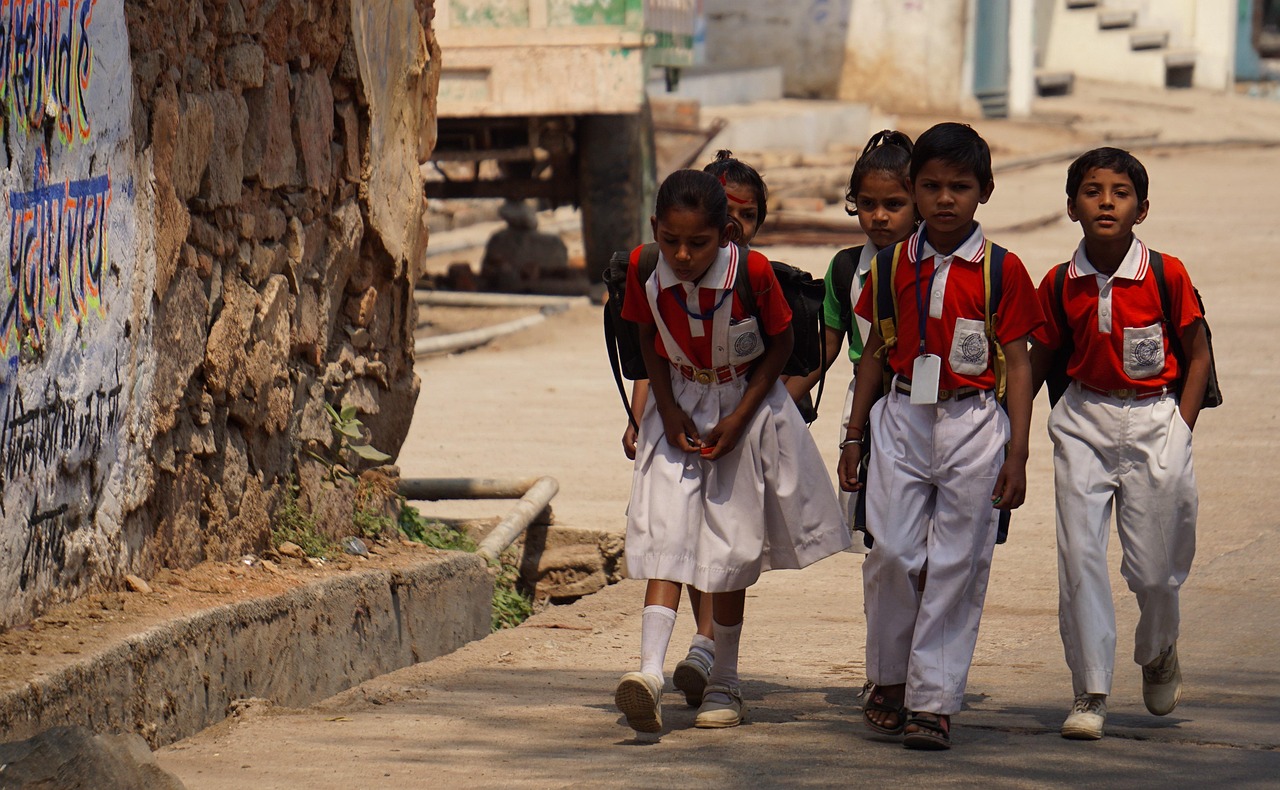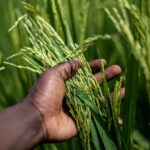
Benefits of Correspondence Courses for Rural Indian Students
- admin
- July 11, 2025
- Uncategorized
- 0 Comments
In a nation where education has long been the pathway to opportunity, rural India has faced significant challenges in accessing higher education. Barriers like limited infrastructure, financial constraints, and the need to balance family and farming duties have prevented many students from pursuing their academic dreams. However, correspondence courses are now offering a lifeline, providing rural students with the tools they need to succeed in a rapidly evolving world.
Here’s how these courses are making higher education accessible and achievable for millions of rural learners across India.
1. Learning From Home: No Need to Relocate
One of the biggest obstacles for rural students is the need to move to urban areas to pursue higher education. The costs of relocation, accommodation, and commuting often make this option unrealistic. Correspondence courses eliminate this barrier by allowing students to study from their homes, removing the need to leave their families and communities behind.
This ability to access education remotely significantly reduces the financial burden, making education more affordable for rural students. They no longer need to uproot themselves to pursue their academic goals.
Real-Life Example: Lakshmi, a 22-year-old from a village in Tamil Nadu, enrolled in a distance MBA program with IGNOU while continuing to help her family with farming duties. She completed her degree without leaving her village, showing how correspondence courses can provide educational opportunities without the need to relocate.
2. Affordable Education: Overcoming Financial Barriers
For many students in rural areas, the cost of higher education is simply too high. Traditional degrees often come with hefty tuition fees, living costs, and transportation expenses that make education unattainable. Correspondence courses, however, are a cost-effective solution, offering quality education at a fraction of the cost.
These programs allow students to save on living expenses, as there’s no need for relocation, and tuition fees are significantly lower than those of traditional universities. This makes education accessible to students from low-income backgrounds, enabling them to pursue their dreams without incurring heavy debts.
Pro Tip: A distance learning course can cost between ₹10,000 and ₹50,000, compared to traditional degrees that may run into several lakh rupees. This affordability is key in ensuring that rural students have the chance to pursue higher education.
3. Flexibility: Learn at Your Own Pace
Balancing education with family responsibilities, farming duties, or part-time jobs can be a significant challenge for rural students. Correspondence courses offer the flexibility that traditional education cannot provide. Students can study whenever it fits into their schedule, whether it’s early in the morning, late at night, or over weekends.
The ability to learn at their own pace also allows students to manage their studies without the pressure of rigid classroom schedules. They can move through the material at a speed that works best for them, ensuring a deeper understanding without being overwhelmed.
Case Study: Arvind, a student from Uttar Pradesh, completed his degree in agriculture science through correspondence while helping his father run their farm. The flexibility of the course allowed him to pursue higher education without neglecting his family responsibilities.
4. Bridging the Digital Divide: Increasing Access to Online Learning
With smartphones becoming more affordable and internet penetration increasing, rural students now have better access to online learning platforms. Correspondence courses are leveraging technology to provide interactive content, video lectures, and online discussions, ensuring that students in rural areas can access the same quality of education as their urban counterparts.
For students with limited internet access, many programs offer offline study materials that can be downloaded and accessed without a constant internet connection, ensuring that no student is left behind.
Fact: As of March 2024, there are 398.35 million rural internet subscribers in India. Additionally, 95.15% of villages now have access to 3G/4G mobile connectivity, making digital education more accessible to rural students. (pib.gov.in)
5. Practical Skills for Rural Industries
India’s rural economy is diverse, with a strong focus on sectors such as agriculture, small-scale manufacturing, and healthcare. Correspondence courses are increasingly focused on providing job-specific skills that are relevant to these sectors, offering programs in fields like agriculture management, healthcare administration, and business management.
By providing these specialized courses, correspondence education equips students with skills that directly benefit their local communities, increasing their employability and providing them with opportunities to contribute to the growth of rural industries.
Example: Rina, a young woman from Madhya Pradesh, completed a rural healthcare management diploma through correspondence. After finishing her program, she became a healthcare coordinator in her village, helping to improve local healthcare services.
6. Empowering Women: Breaking Social Barriers
In many rural communities, traditional norms and expectations often limit women’s access to education. Correspondence courses offer women a safe, private space to pursue their studies without having to face societal restrictions or travel long distances. This freedom is enabling women to pursue careers in fields like education, healthcare, and business, empowering them to create a better future for themselves and their families.
Empowerment Story: Meera, a young woman from Rajasthan, enrolled in a distance learning course in education. Her success has inspired other young women in her village to pursue their own educational goals, transforming the future of her entire community.
7. Government Support: Strengthening Access to Distance Education
The Indian government is actively promoting distance learning as part of its efforts to make education more inclusive. With affordable programs from institutions like IGNOU, YCMOU, and Nalanda Open University, rural students now have access to more options than ever before. Moreover, the government has introduced scholarships and financial aid programs to support students from economically disadvantaged backgrounds, further increasing access to higher education.
Conclusion: A Bright Future for Rural Learners
The rise of correspondence courses is transforming education for rural India. By breaking down barriers related to cost, location, and social constraints, these programs are providing students with the tools they need to succeed. As India continues its journey toward an increasingly knowledge-driven economy, distance education is empowering rural students to become active participants in the country’s growth, all while remaining close to home.
As the future of education becomes more digital and flexible, distance learning will continue to level the playing fieldfor millions of rural students, enabling them to unlock opportunities for a better tomorrow.

